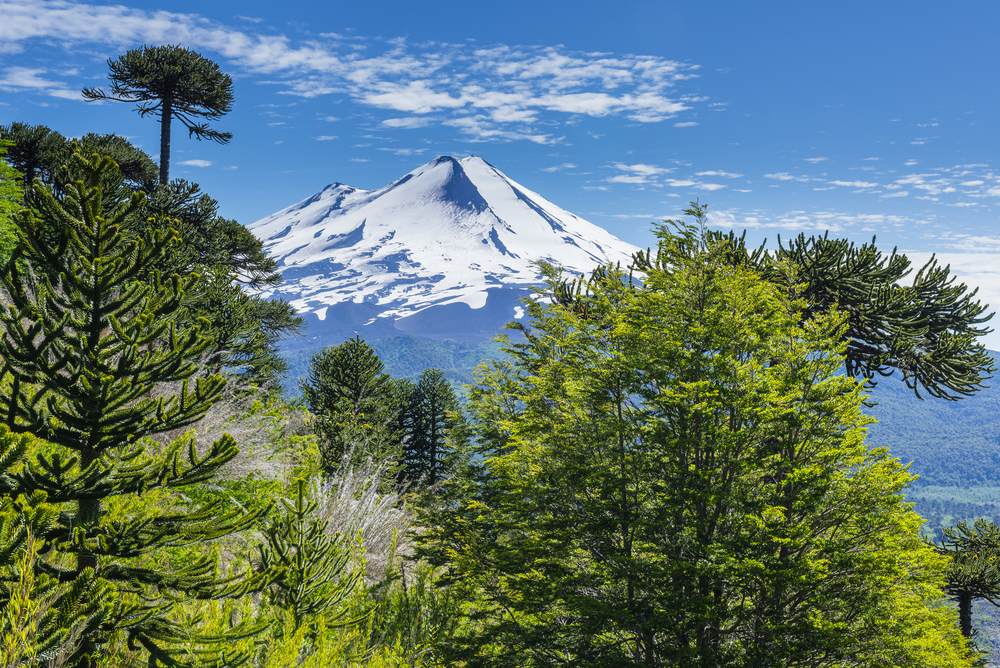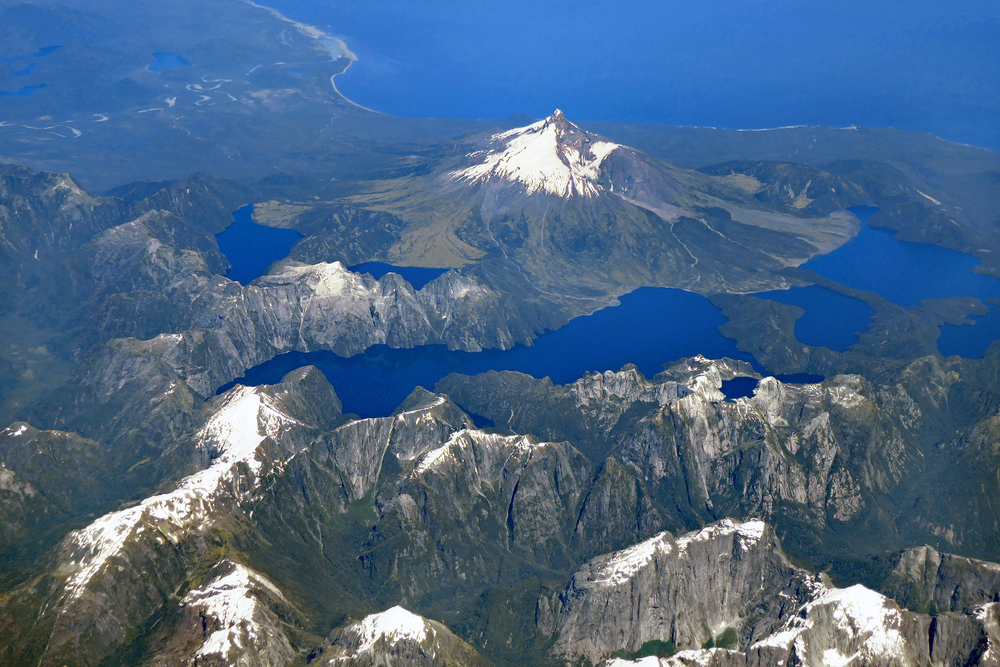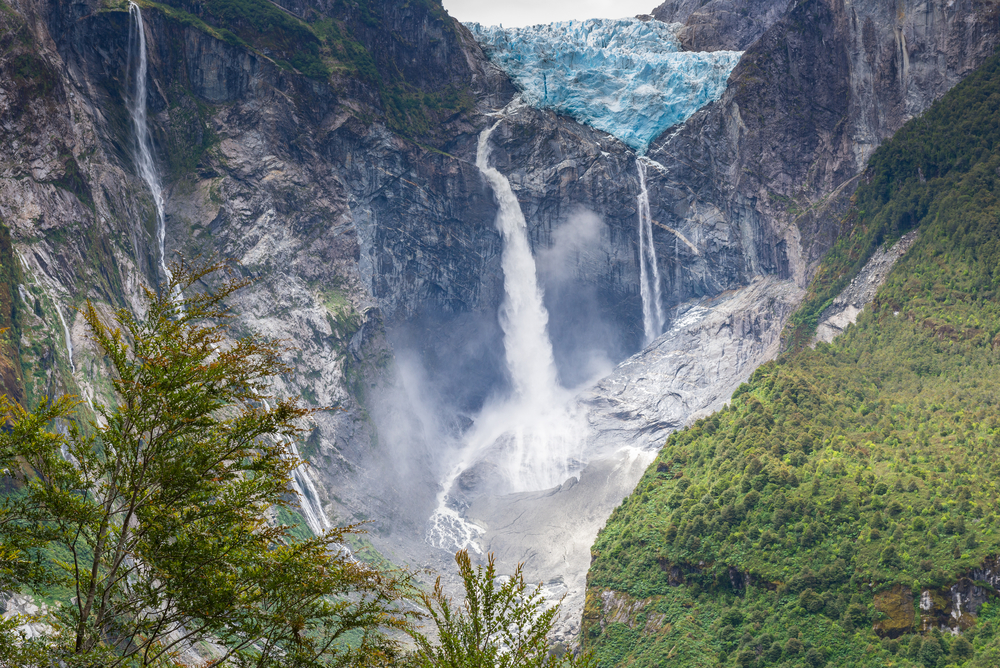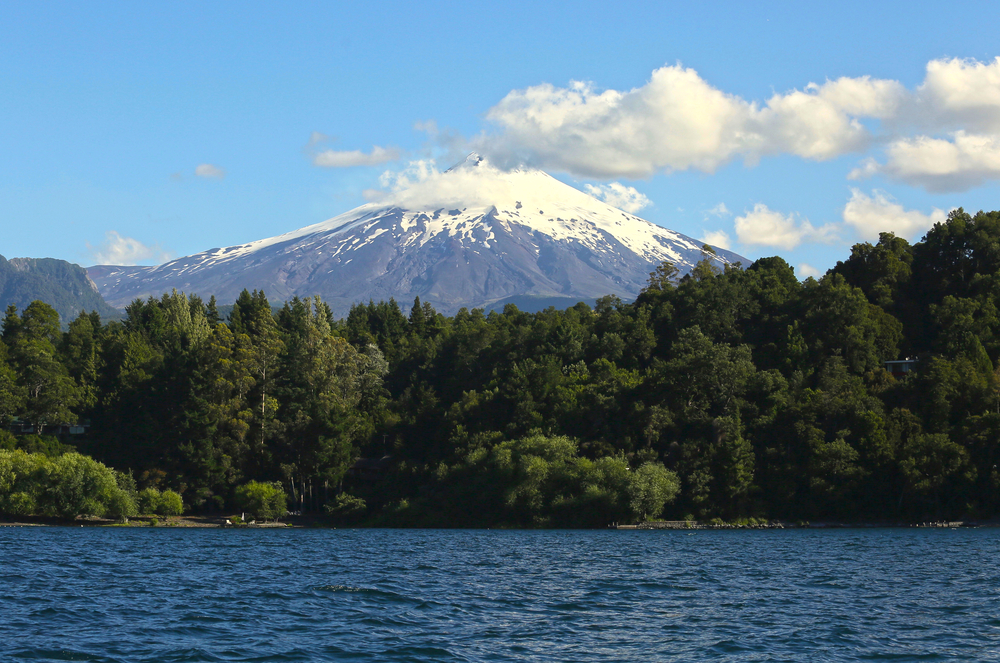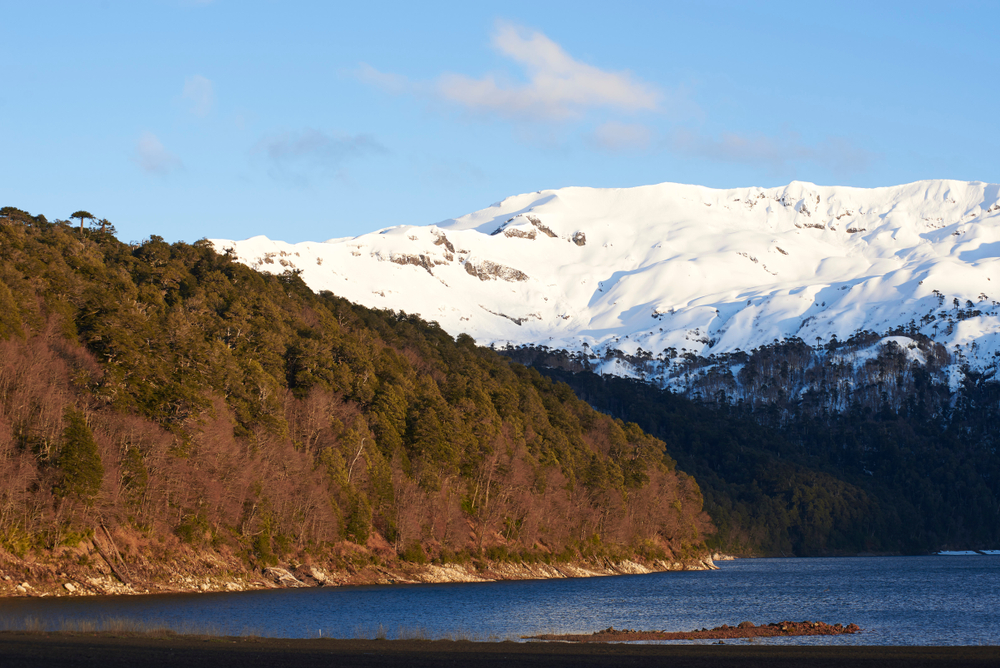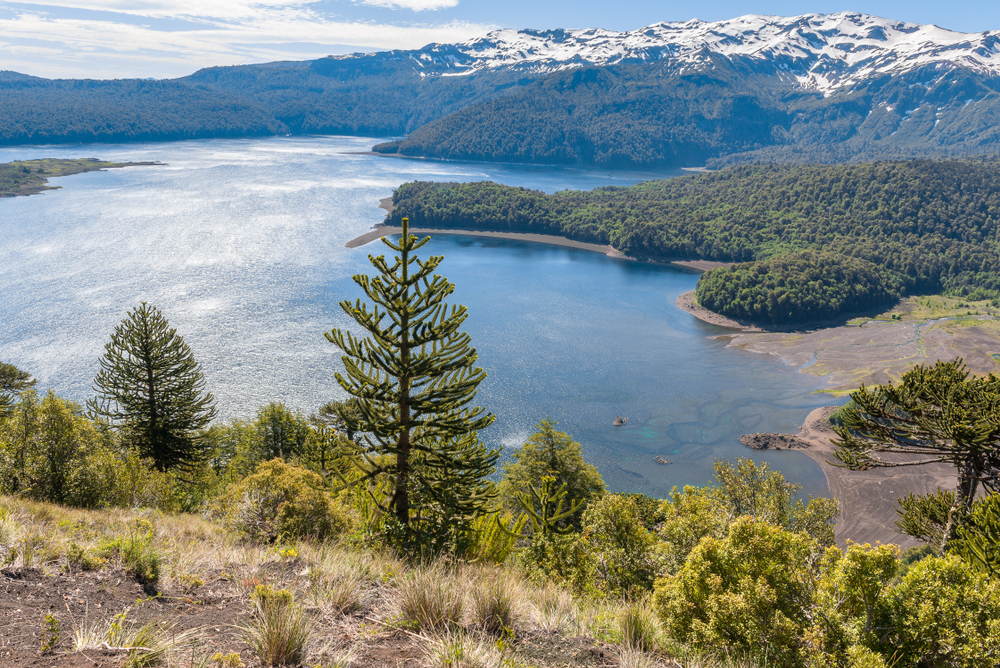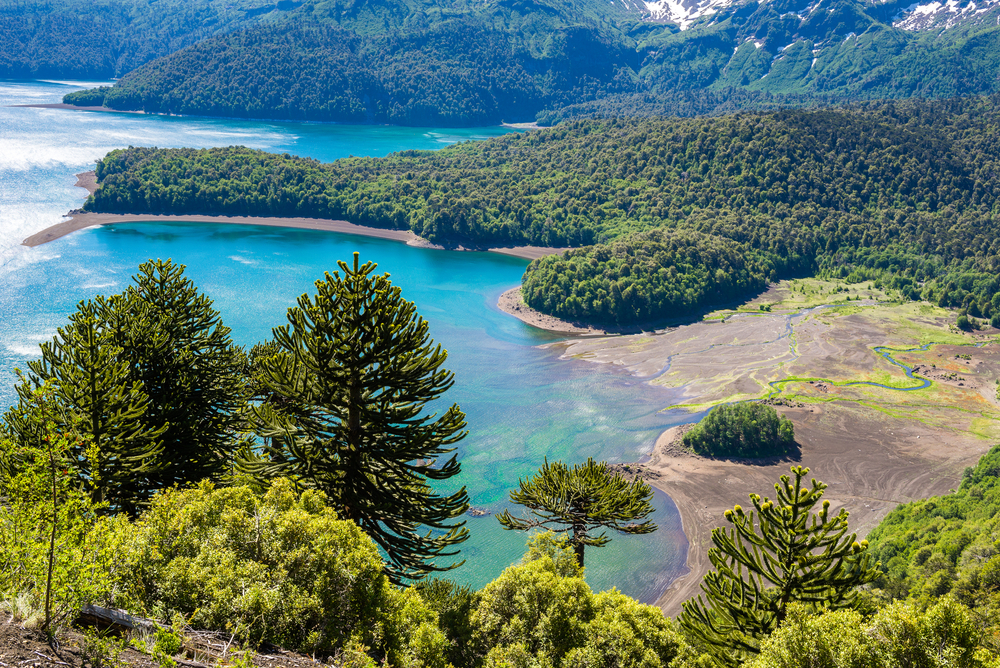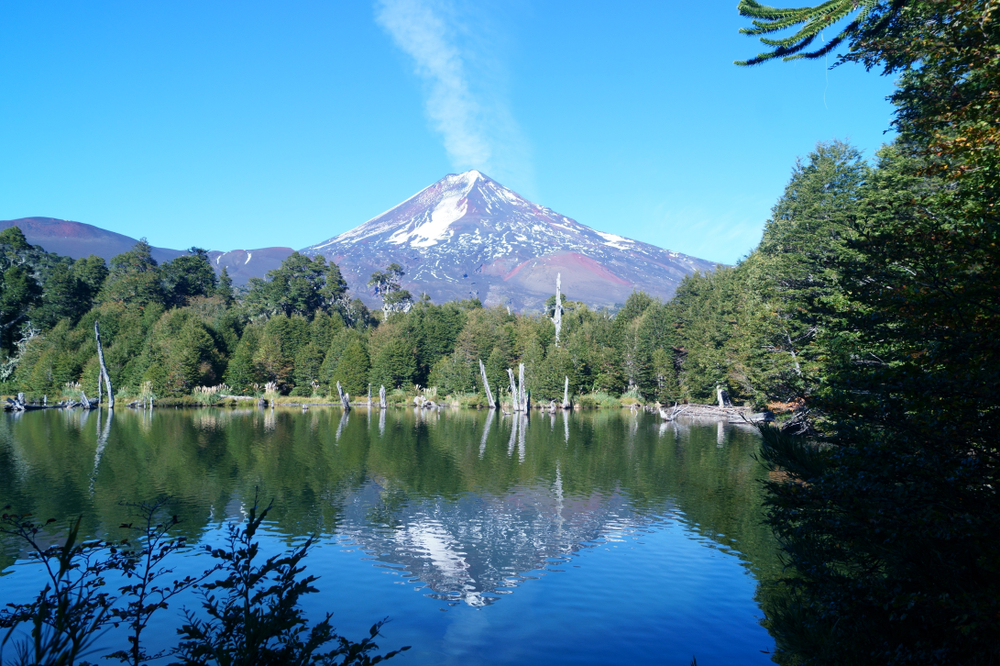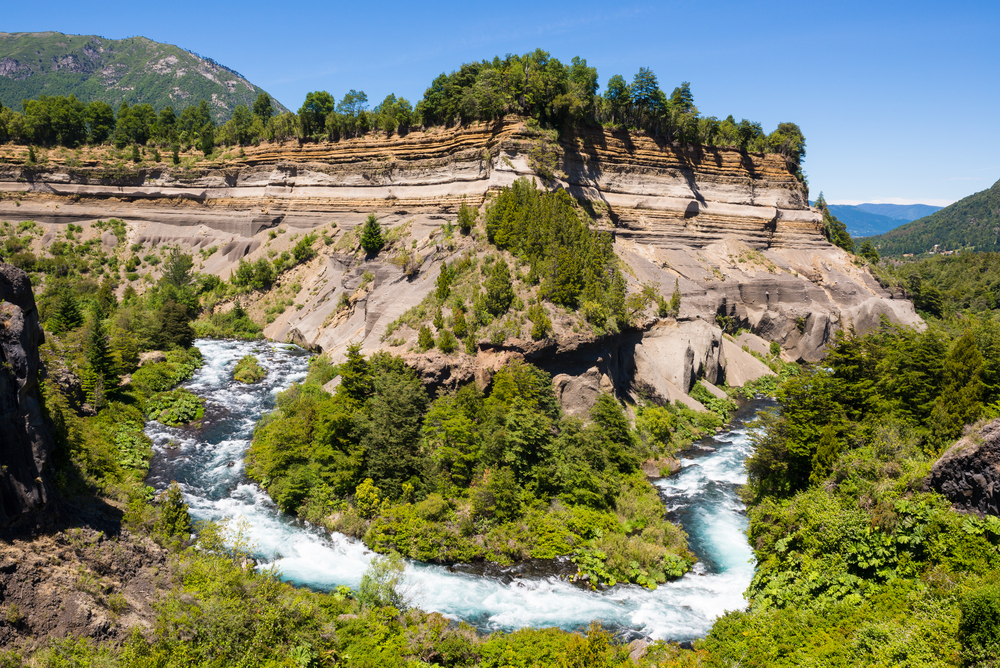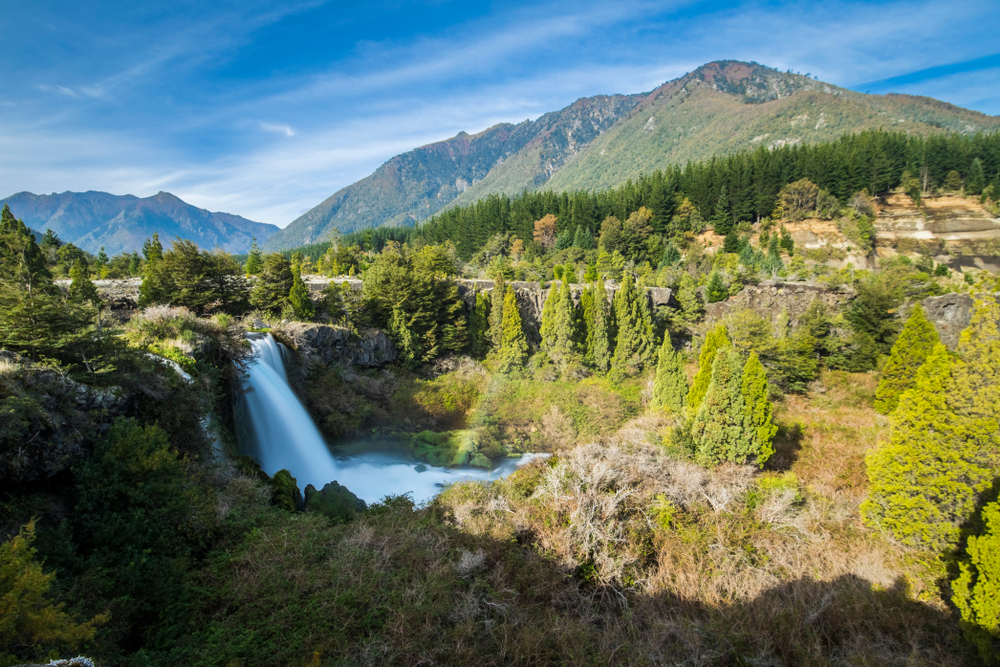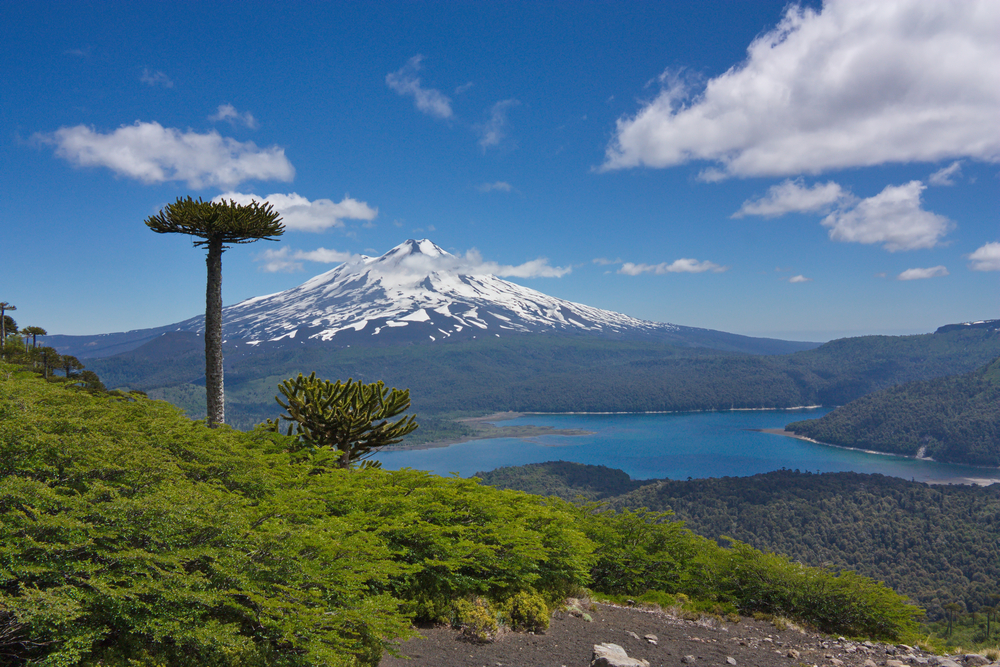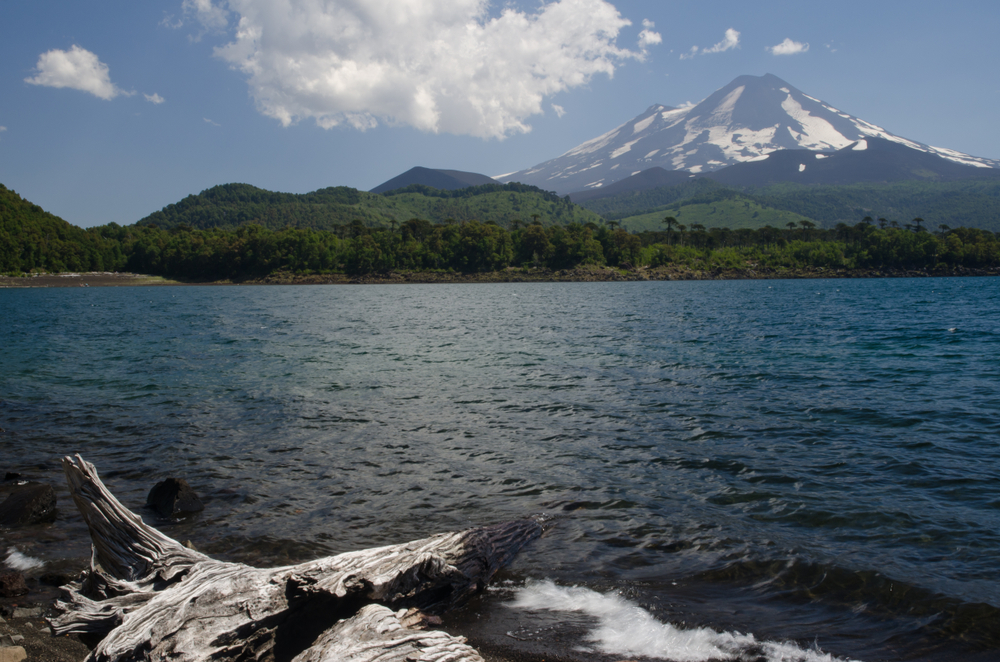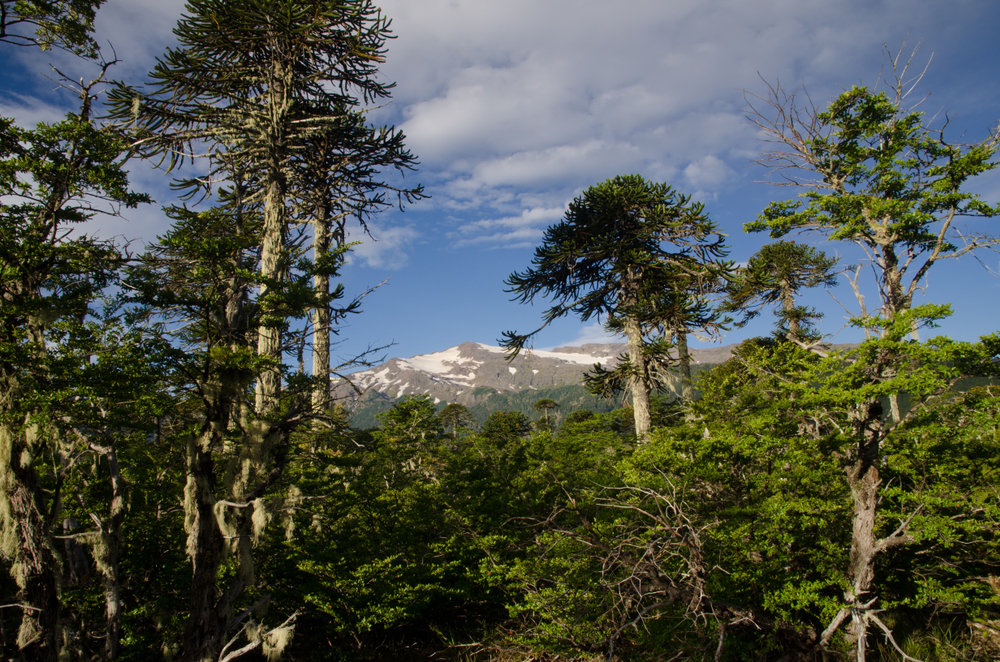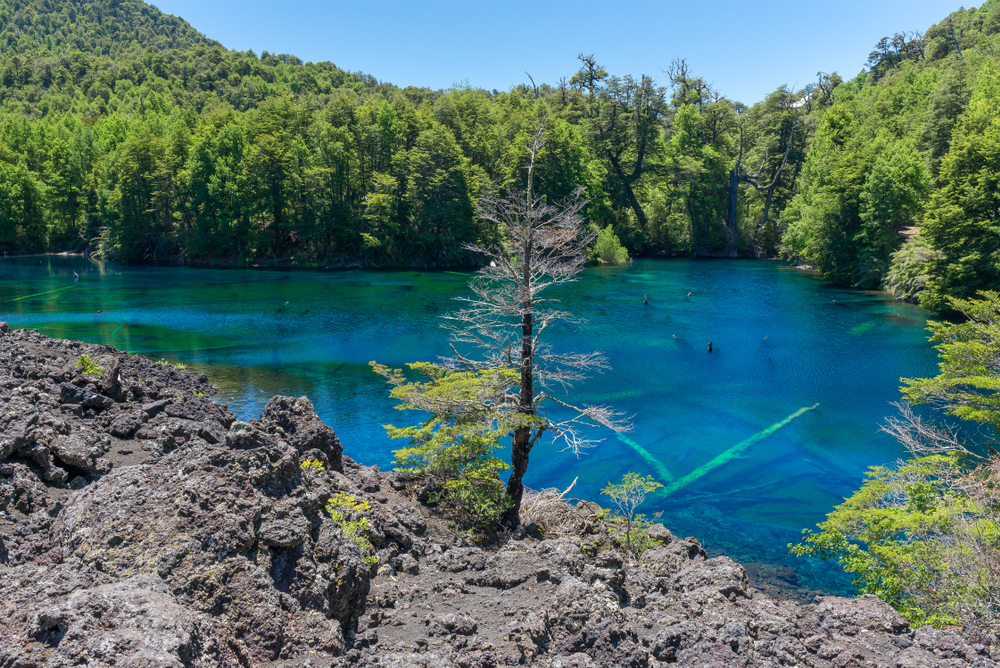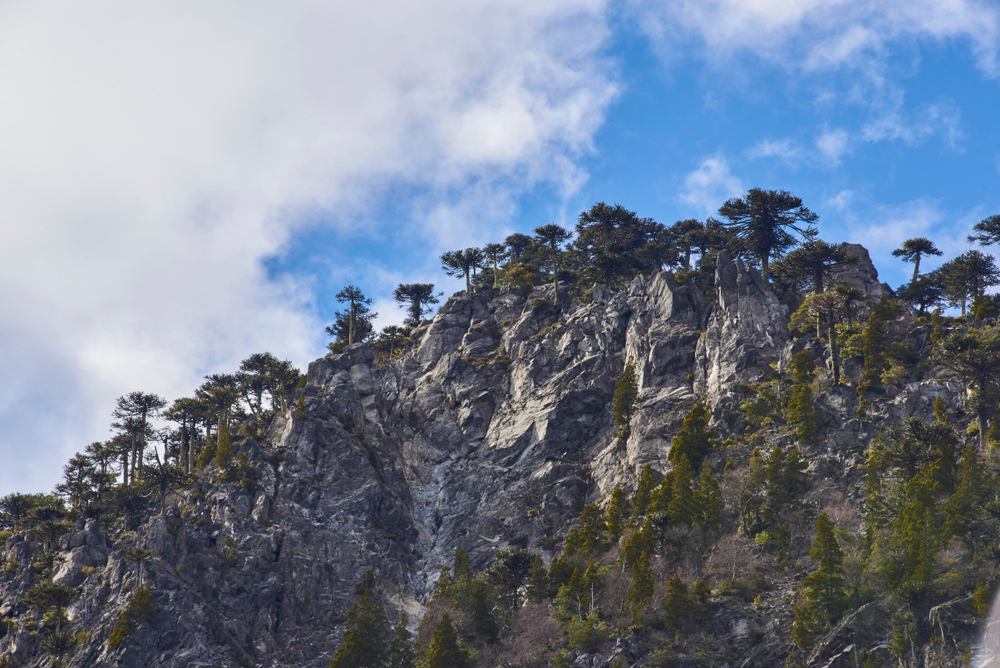Conguillío Overview
Conguillío National Park, nestled in the heart of Chile’s Araucanía Region, is a spectacular natural reserve known for its dramatic landscapes, ancient forests, and the iconic Llaima Volcano. Established in 1950, the park covers an area of approximately 608 square kilometers (about 235 square miles), offering a diverse array of ecosystems that include lush Araucaria (Monkey Puzzle) forests, alpine lakes, and vast lava fields. The park’s unique geological features and rich biodiversity have made it a focal point for conservation efforts and a popular destination for nature enthusiasts and outdoor adventurers.
At the heart of Conguillío National Park is the Llaima Volcano, one of the largest and most active volcanoes in Chile, rising majestically to an elevation of 3,125 meters (10,253 feet). The volcano’s periodic eruptions have shaped the landscape of the park, creating natural attractions such as the striking Conguillío Lake, which lies in the shadow of Llaima, and the Captrén Lagoon, both of which are surrounded by lava flows that tell the story of the land’s volcanic past.
The park is renowned for its ancient Araucaria forests, which are considered living fossils. These towering trees, some of which are over 1,000 years old, add to the park’s prehistoric ambiance, creating a landscape that seems almost otherworldly. The diversity of habitats within Conguillío National Park supports a wide variety of wildlife, including the elusive puma, foxes, and a plethora of bird species, making it a haven for biodiversity.
Visitors to Conguillío National Park can explore its natural wonders through a network of trails that wind through the forest, ascend the slopes of Llaima, and skirt the edges of lakes and lava fields. The park’s striking scenery and the opportunity to witness the coexistence of fire and ice in its landscapes make it a unique and unforgettable destination. Conguillío National Park not only offers a glimpse into Chile’s volcanic activity and natural beauty but also serves as a crucial sanctuary for the conservation of its ancient Araucaria forests and diverse ecosystems.








































































